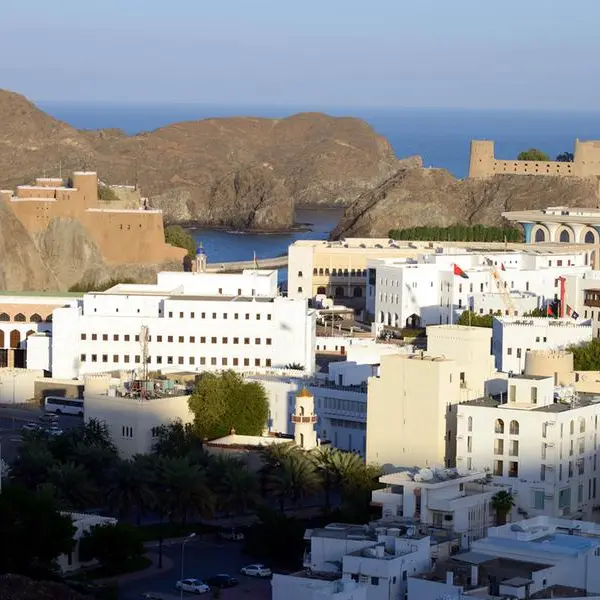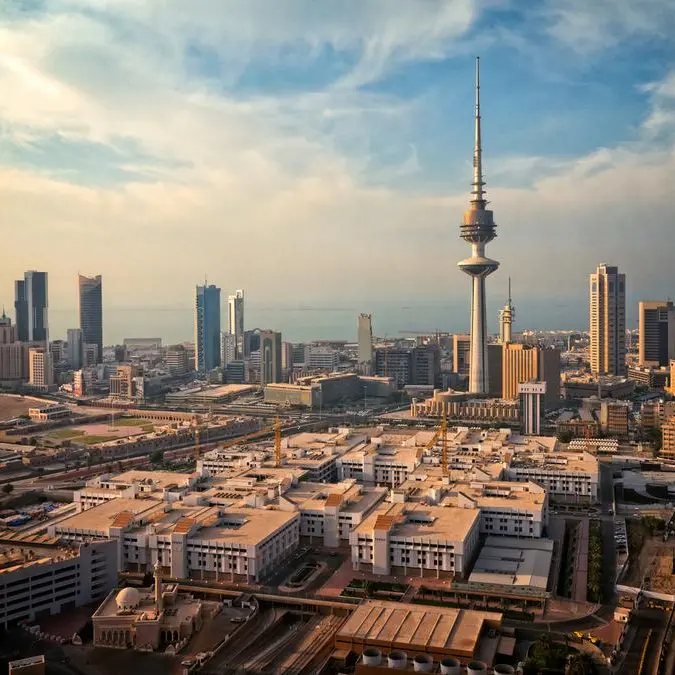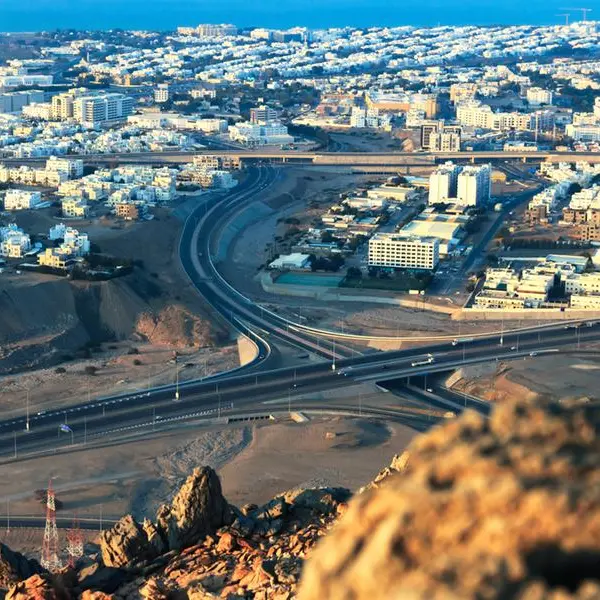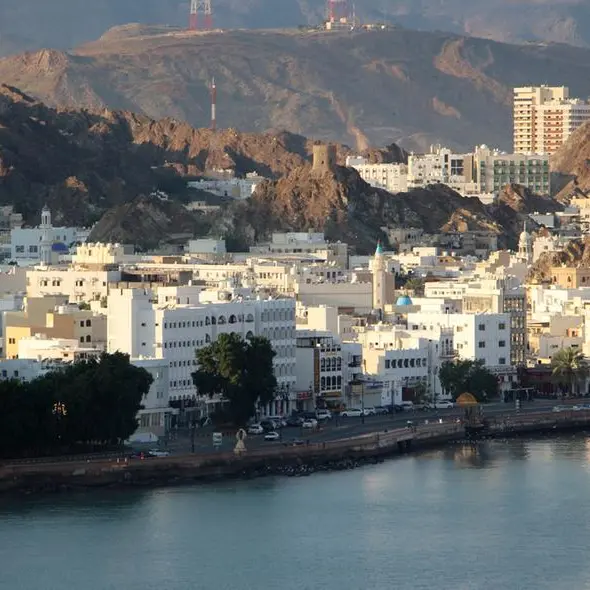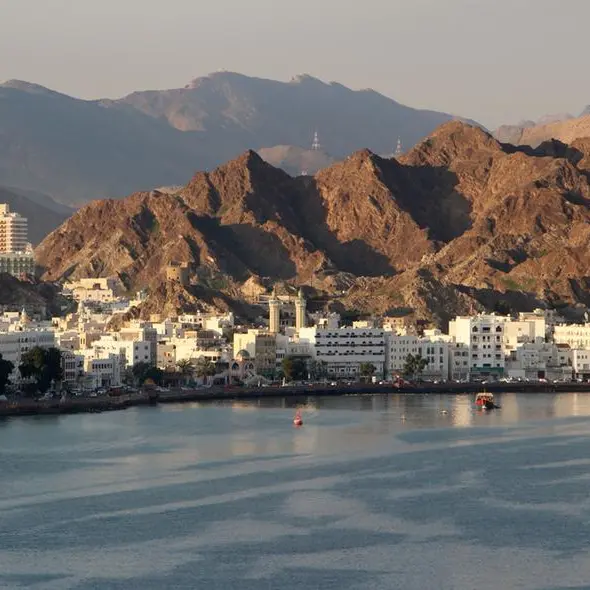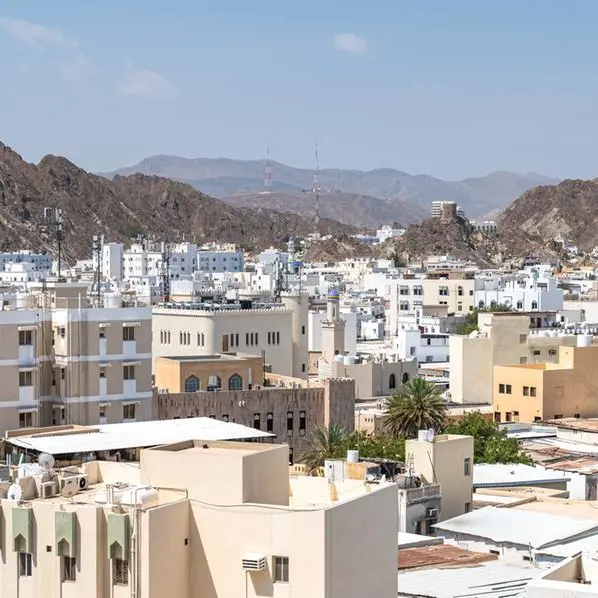PHOTO
Saudi Arabia's overall GDP growth is expected to slow from 8.9% in 2022 to 2.4% in 2023, dragged down by an expected 3% decline in average oil production due to the impact of OPEC+ sponsored cuts to the kingdom's production targets, according to a report by the Institute of International Finance.
"However, we expect non-oil growth to remain robust at 4.7% in 2023," said Garbis Iradian, the IIF's chief economist for the MENA region.
The ongoing de-escalation of tensions in the region, following China’s brokered rapprochement between Saudi Arabia and Iran, could encourage additional domestic and foreign investment, raising potential growth beyond the short term, he added.
Oil GDP accounts for 43% of Saudi Arabia's total GDP. Assuming oil prices average $80 per barrel, with the OPEC+ cuts leading to a small decline in export volumes, the kingdom's current account will narrow to 4.3% of GDP in 2023. "Our estimates show that the external breakeven oil price, which balances the current account, is $67/barrel, while the fiscal breakeven oil price is $83/barrel for this year," he said.
Despite the narrowing of the current account surplus, capital outflows from Saudi Arabia will continue to exceed non-resident capital inflows, the report said. Additionally, investments abroad by the PIF, the Saudi sovereign wealth fund, will continue to drive resident capital outflows, as outward FDI continues to exceed inward FDI.
"We expect private non-resident capital inflows to increase from $11 billion in 2022 to $44 billion in 2023, driven largely by the issuance of international bonds." Preliminary data for the first five months of this year shows that FX bond issuance has already surpassed that of the entirety of last year.
However, Saudi Arabia continues to enjoy sound financial footing. "A large current account and fiscal surpluses over the past two decades have increased public foreign assets and reduced debt. The sovereign default risk of the kingdom is one of the lowest among Emerging Markets while sovereign credit ratings remain very strong."
Among downside risks to their outlook, the IIF included "lower oil production and prices than what we project as well as a slower implementation of reforms."
While the PIF’s involvement in major projects has stimulated the nonoil sectors in the past two years, there is a risk that heavy reliance on such public entities may lead to the emergence of an uneven playing field and inefficiency, it added.
(Reporting by Brinda Darasha; editing by Seban Scaria)

